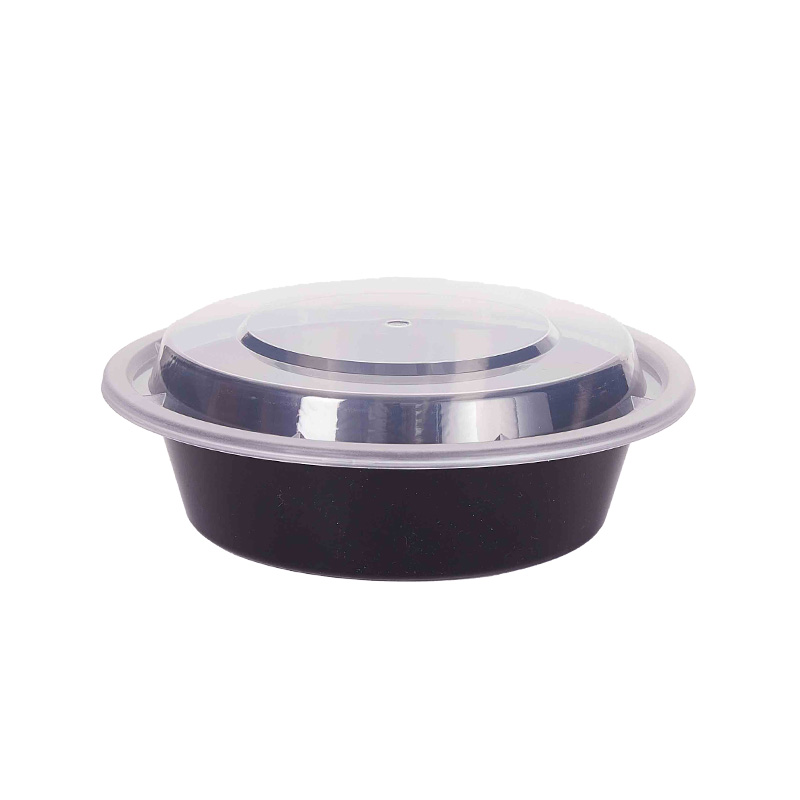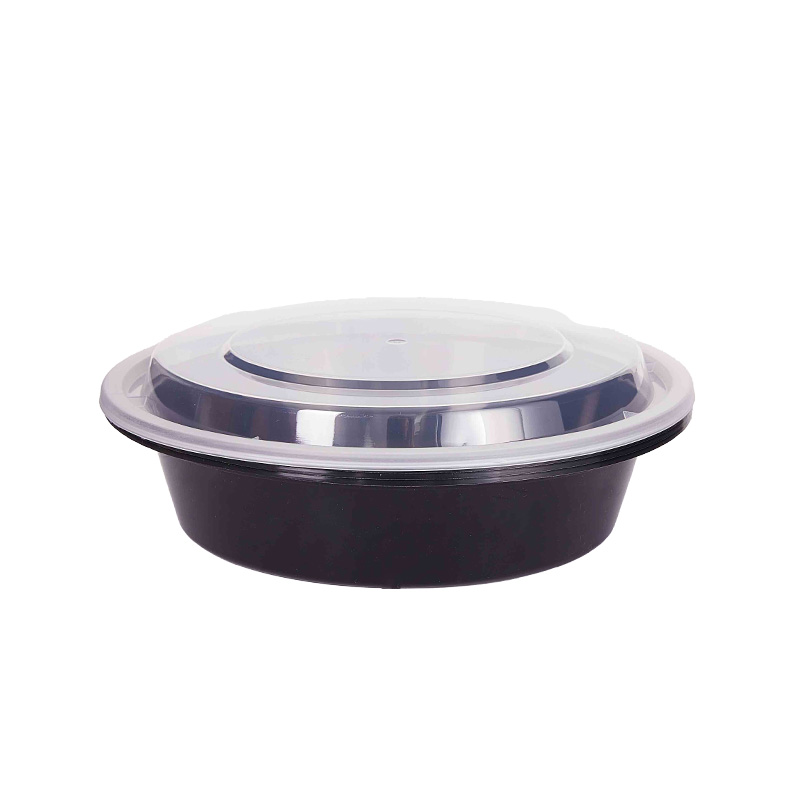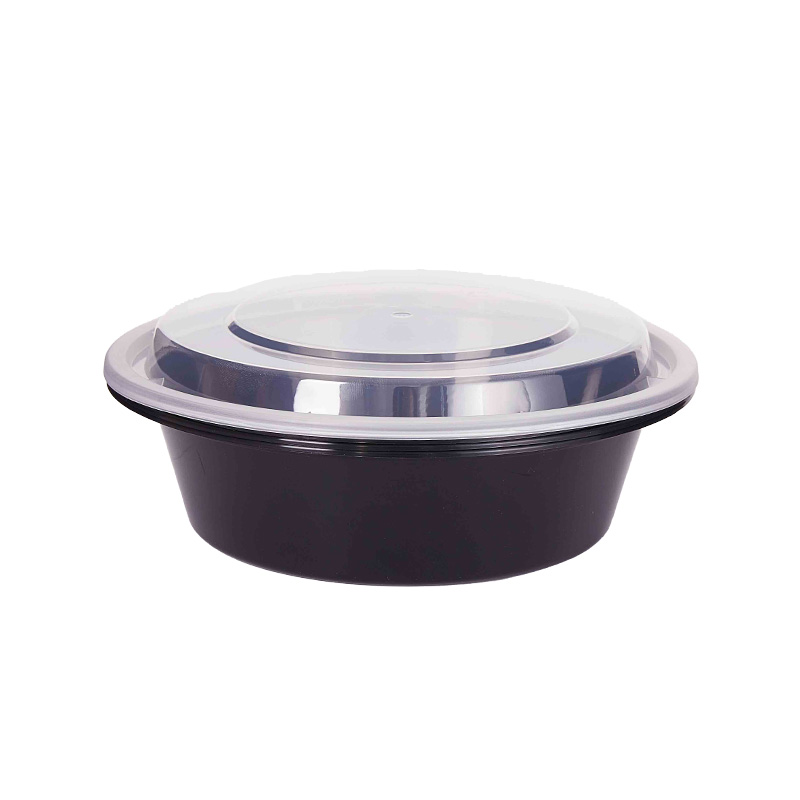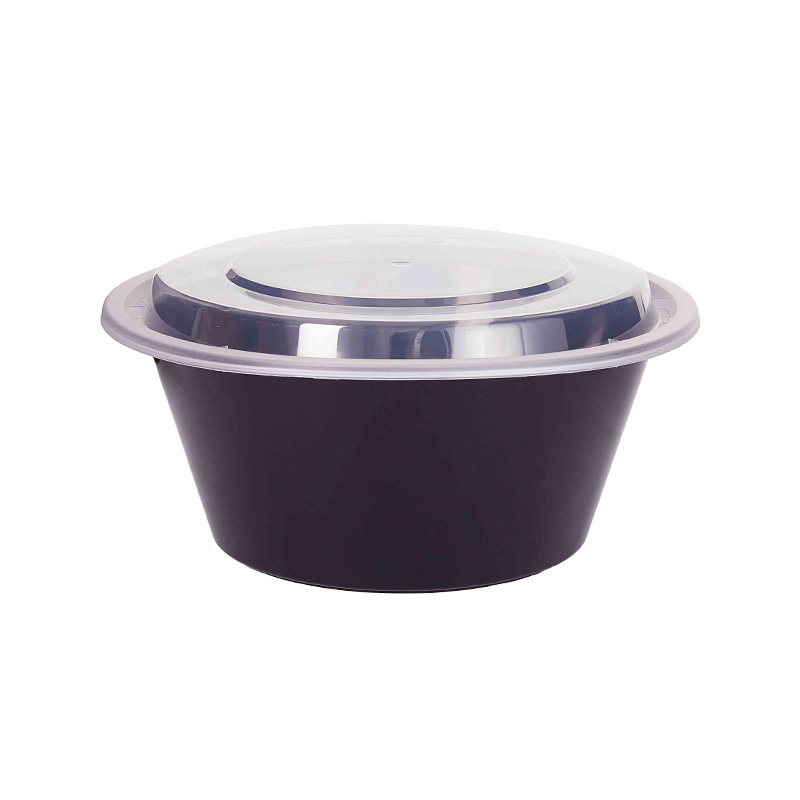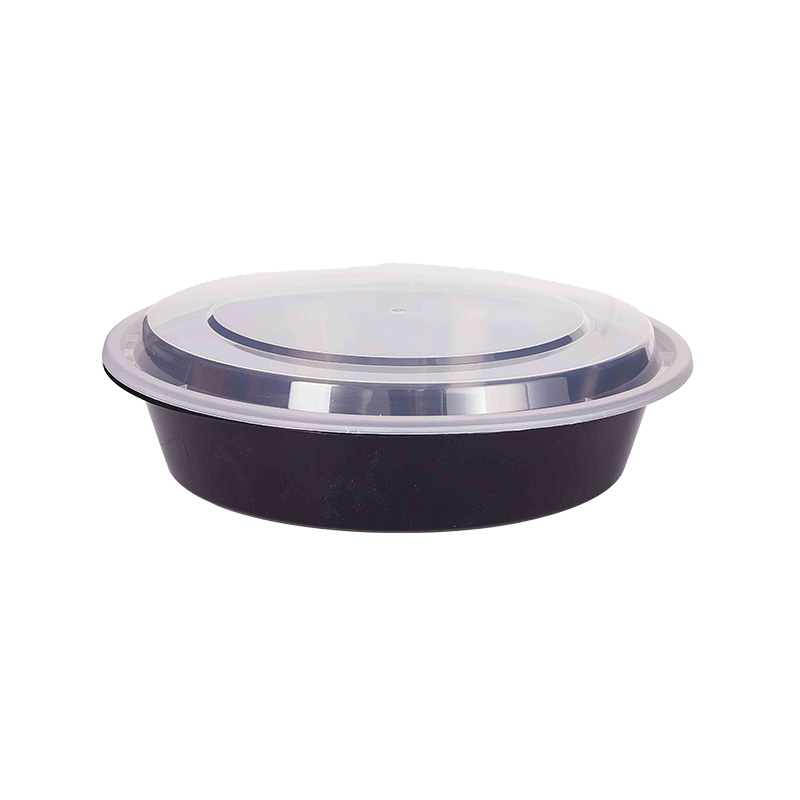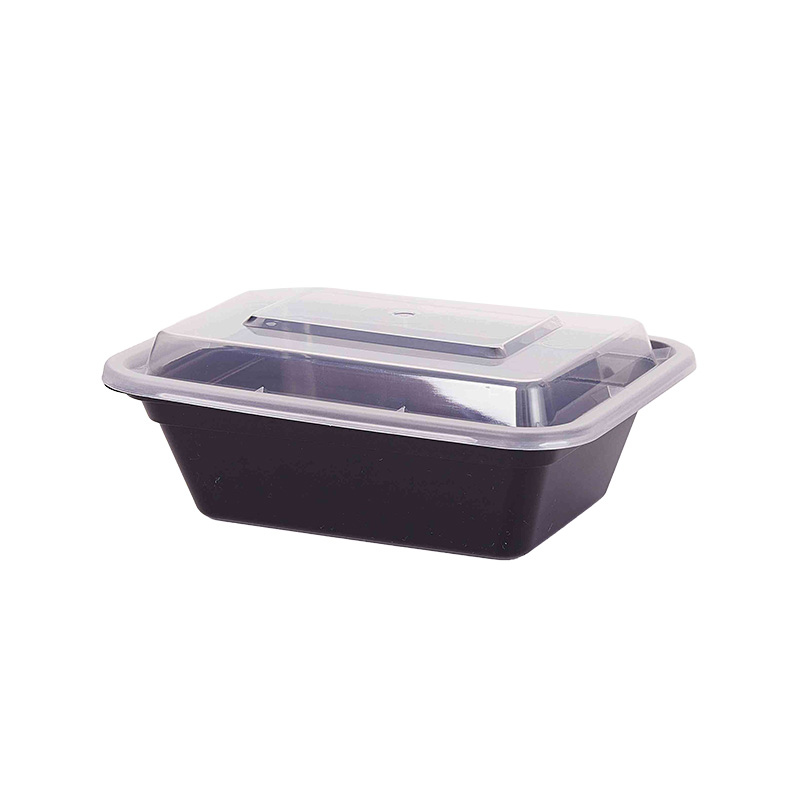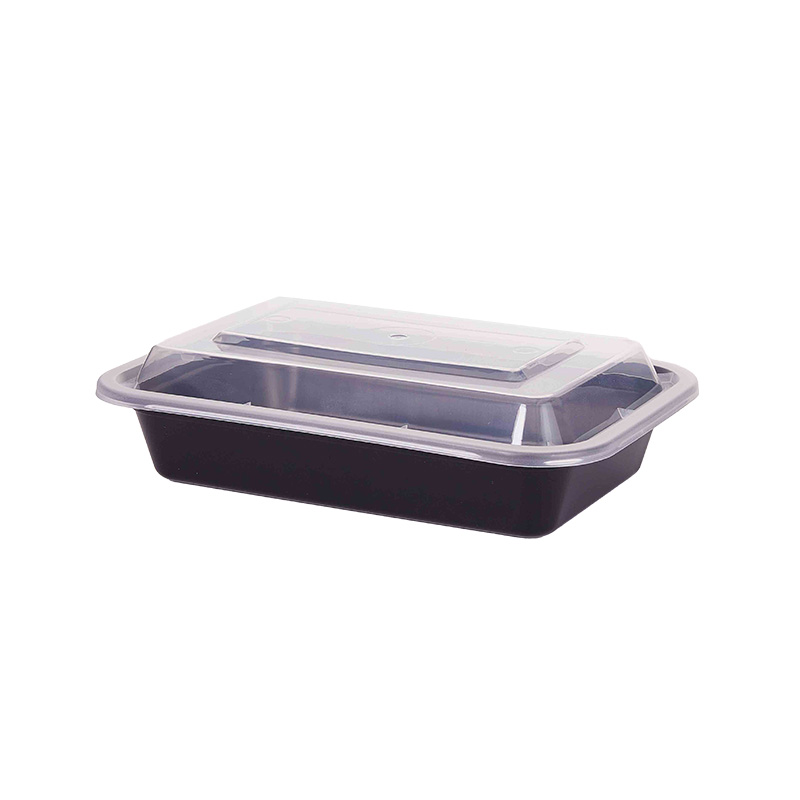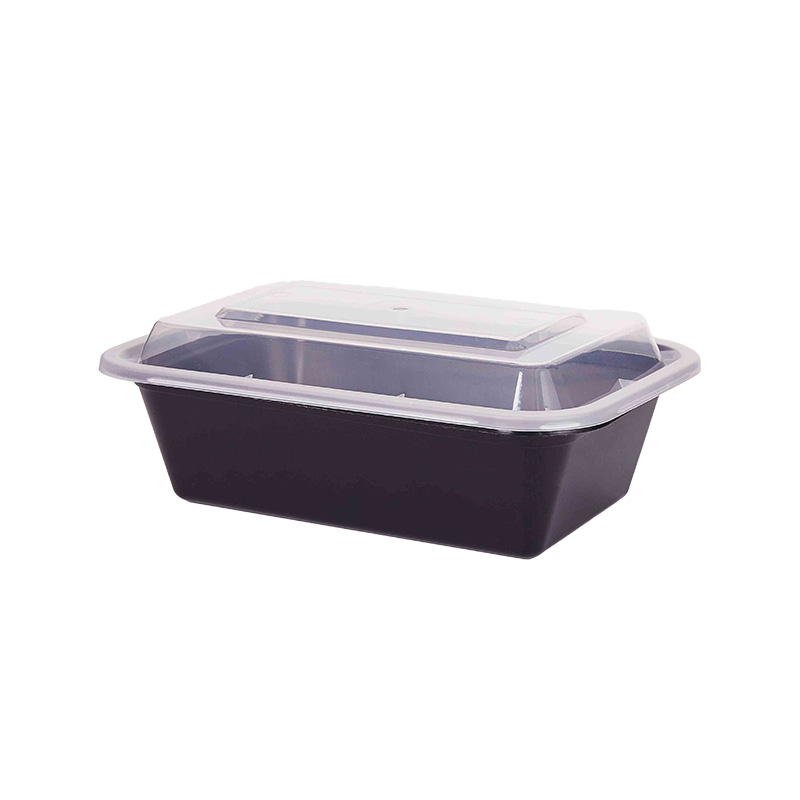Disposable lunch boxes, while convenient, can have significant environmental implications, especially if they are single-use and made from non-biodegradable materials like plastic. It's essential to consider these impacts as we strive for more sustainable and eco-friendly alternatives.
Single-Use vs. Reusable Containers
Pros of Single-Use Containers:
Convenience: Disposable lunch boxes are incredibly convenient for busy individuals and families. They eliminate the need for cleaning and maintenance, making them attractive for people on the go.
Portion Control: Single-use containers can help with portion control, as they are typically designed to hold a specific amount of food, reducing the risk of overeating.
Cons of Single-Use Containers:
Waste Generation: Perhaps the most significant environmental concern with single-use lunch boxes is the waste they generate. When discarded after one use, they contribute to the growing problem of plastic and non-biodegradable waste in landfills and oceans.
Resource Depletion: Manufacturing single-use containers consumes valuable resources like petroleum for plastic production and energy for manufacturing, contributing to resource depletion and carbon emissions.
Eco-Friendly Alternatives
Pros of Eco-Friendly Alternatives:
Biodegradability: Eco-friendly lunch boxes are typically made from materials that biodegrade or break down more readily in the environment, reducing the long-term impact on landfills.
Renewable Resources: Some alternatives, such as bamboo or sugarcane fiber, are made from renewable resources, which can help reduce the demand for finite resources like petroleum.
Reduced Plastic Use: Choosing biodegradable or compostable options over traditional plastic lunch boxes can significantly reduce plastic pollution in the environment.
Challenges of Eco-Friendly Alternatives:
Availability and Cost: Eco-friendly lunch boxes can be less readily available and more expensive than their plastic counterparts, which may deter some consumers.
Processing and Energy Requirements: The production of eco-friendly materials may still require energy-intensive processes, although they tend to have a lower overall environmental footprint compared to traditional plastics.
Recycling and Waste Management
Recycling Single-Use Containers:
Material Specificity: Disposable lunch boxes made from various materials, including plastic, cardboard, and eco-friendly alternatives, have specific recycling guidelines. It's crucial for consumers to understand these guidelines to ensure that these products are disposed of responsibly.
Contamination: Contamination is a significant issue in recycling. Food residue or mixed materials can render recyclables unrecyclable. Proper cleaning of lunch boxes before recycling is essential.
Waste Management and Consumer Education:
Awareness and Education: Educating consumers about the environmental impact of their choices is critical. This includes raising awareness about recycling programs, waste reduction strategies, and the importance of responsible disposal.
Reducing Packaging: Reducing overall packaging waste can be achieved by opting for products with minimal packaging or by choosing bulk items. It's also important for manufacturers to consider packaging reduction in their designs.
Extended Producer Responsibility (EPR): Some regions are implementing EPR programs that hold manufacturers responsible for the disposal and recycling of their products. This approach incentivizes manufacturers to produce more eco-friendly and recyclable packaging.
FREEZER SAFE FOOD STORAGE BOX - Prepare and package up your meals ahead of time. These safe to freeze food containers ensure that your prepared cooked meals retain their flavor, color, and texture. These plastic boxes with lids will prevent freezer burn and any absorbing of other odors from the freezer.
MICROWAVE SAFE FOR WARMING FOOD – Enjoy the ease and efficiency of using a microwave safe meal prep container. Whether you are in a rush at home, or warming up food in the microwave at the office or in your college dorm room, make your life simple by preparing, packaging and warming up your food all in the same dish. From the freezer to your hungry belly all in one serving container.

 English
English Español
Español
